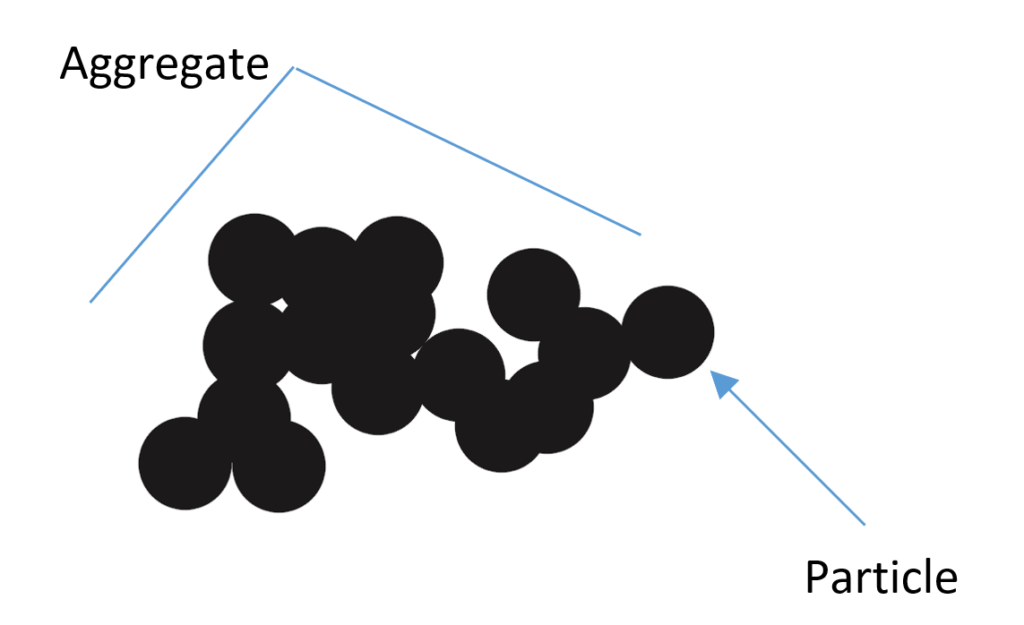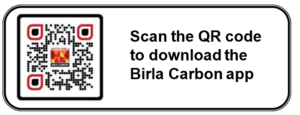BIRLA CARBON BLOG
INSIDER KNOWLEDGE FOR ALL THINGS CARBON BLACK
Carbon Blacks in Inkjet: Particle and Aggregate Size Considerations
05 / 12 / 2022 by Robert Fisher
Reading Time: 2.5 minutes
Inkjet inks utilizing waterborne, solventborne, and energy curable chemistries have become popular in recent decades compared to more traditional analogue printing techniques due to the ability to print variable content, low ink usage, and versatility of substrate types and geometry. Compared to dyes, which have been used extensively, particularly in waterborne systems due to their solubility, pigments offer much better lightfastness, water/solvent resistance, holdout (especially on porous substrates), and color performance. Carbon blacks are commonly used for pigmentation and electrical conductivity in a variety of inkjet applications; however, there are some considerations to be made when selecting your specific carbon black product since not all inkjet formulations are created equal.
One obvious property to keep in mind is the aggregate size, such that the carbon black will not clog the printhead. Typical industrial print head nozzles are in the tens of microns, with 30-100 µm being the most common. While this is significantly larger than the aggregate size of carbon black, smaller aggregate sizes are preferred to prevent what is known as “particle crowding”, caused by Van der Waals attractive forces. If the aggregate size is too large and the carbon black loading is too high, the aggregates can agglomerate in the nozzle and cause a blockage. Furthermore, smaller aggregates result in lower viscosity and increased blue tone. One advantage a large aggregate will offer, however, is better holdout on porous substrates.
It is important to distinguish between particle and aggregate size since carbon black exists as an aggregate of several to many roughly spherical particles fused together. Particle sizes for Birla Carbon’s products can range from 8 to 100nm; however, more importantly, the aggregate sizes can range from 50 to 300nm. Also, note that dispersion is very important; carbon blacks with a very small aggregate size can be chosen, but if dispersed poorly, the agglomerates can be much larger. Typical printheads require filtration below 1 micron, with smaller nozzles requiring down to 0.5 microns. Thus, surface-treated products such as Raven 1100 Ultra and Raven 1255 carbon blacks are popular, especially in solvent and UV/EB chemistries. The surface oxidation will improve wetting and, therefore, dispersion, as well as reducing viscosity. These products also meet EU-2011 and Swiss/NESTLE food packaging regulations, commonly encountered in inkjet applications.
Compared to more traditional printing methods such as flexographic, gravure, and offset, inkjet systems deposit much less ink volume to the substrate. While generally a positive attribute, this means the pigmentation must be stronger than an analogue printing ink in order to maximize the color performance. Therefore, we recommend a higher jetness carbon black (one with a high surface area). Since reducing particle size gives a higher surface area, this is another reason why smaller particle/aggregate size carbon blacks are popular in this application. More surface area will, however, make dispersion more difficult, so it is important to choose the right dispersant, the correct dosage and optimize the dispersion method/equipment.
For more information on how Birla Carbon can help you find the right carbon black for your inkjet application, reach out to our technical team via our contact us page.

Robert Fisher is part of the technical Business Development team for Birla Carbon’s North American Specialty products. He is responsible for identifying and capturing new technical business opportunities while servicing and growing existing customers. Robert has a Master’s degree in Materials Science from Georgia Tech and a Bachelor’s in Polymer Science, also from Georgia Tech. He has a background in inks and coatings formulation in addition to energy storage applications. Robert currently lives in Atlanta, GA.
WANT TO LEARN MORE ABOUT CARBON BLACK AND THE PROPERTIES THAT MAKE IT IDEAL FOR YOUR PLASTICS, COATINGS, AND INKS APPLICATIONS?











Leave A Comment